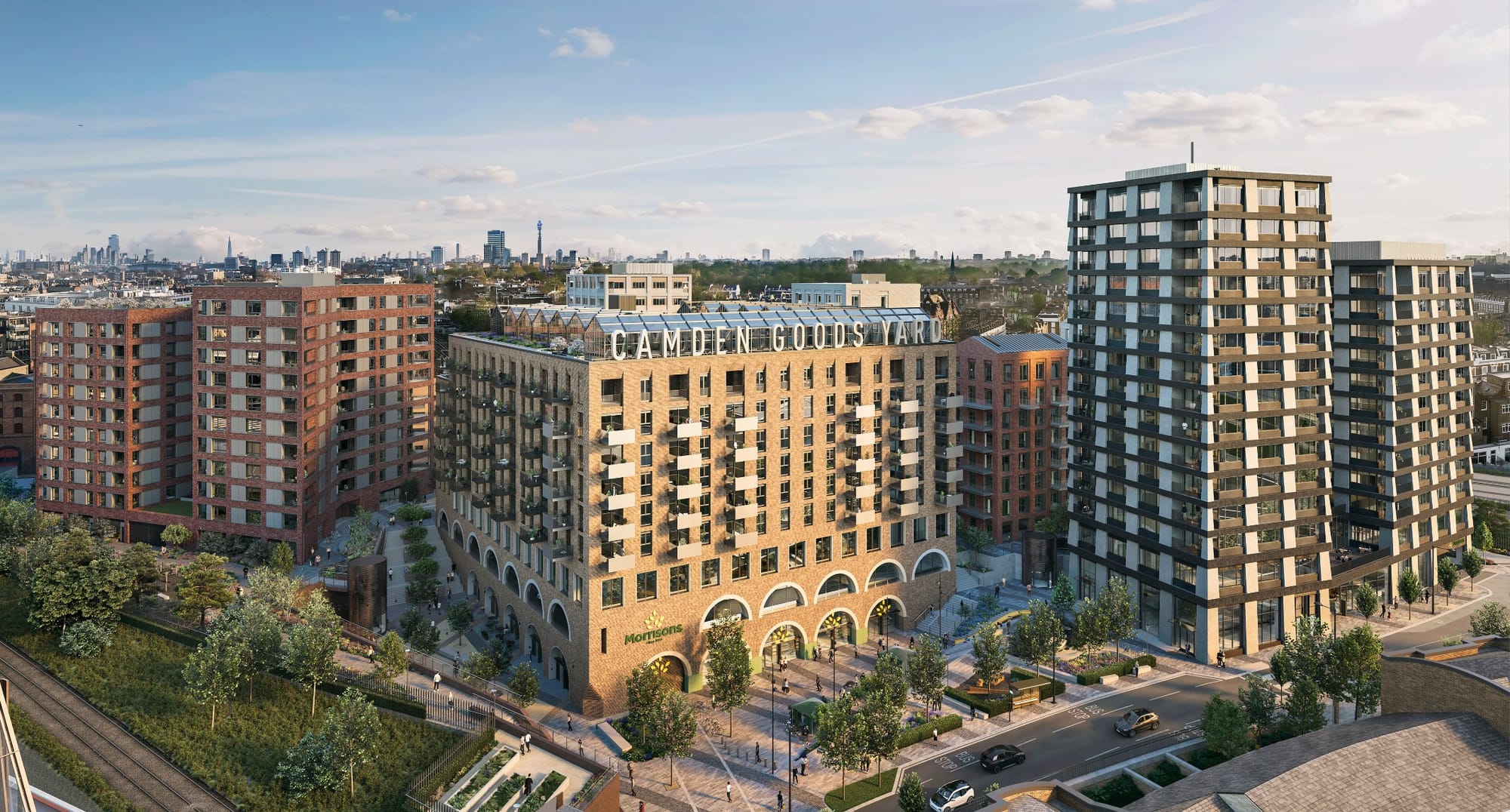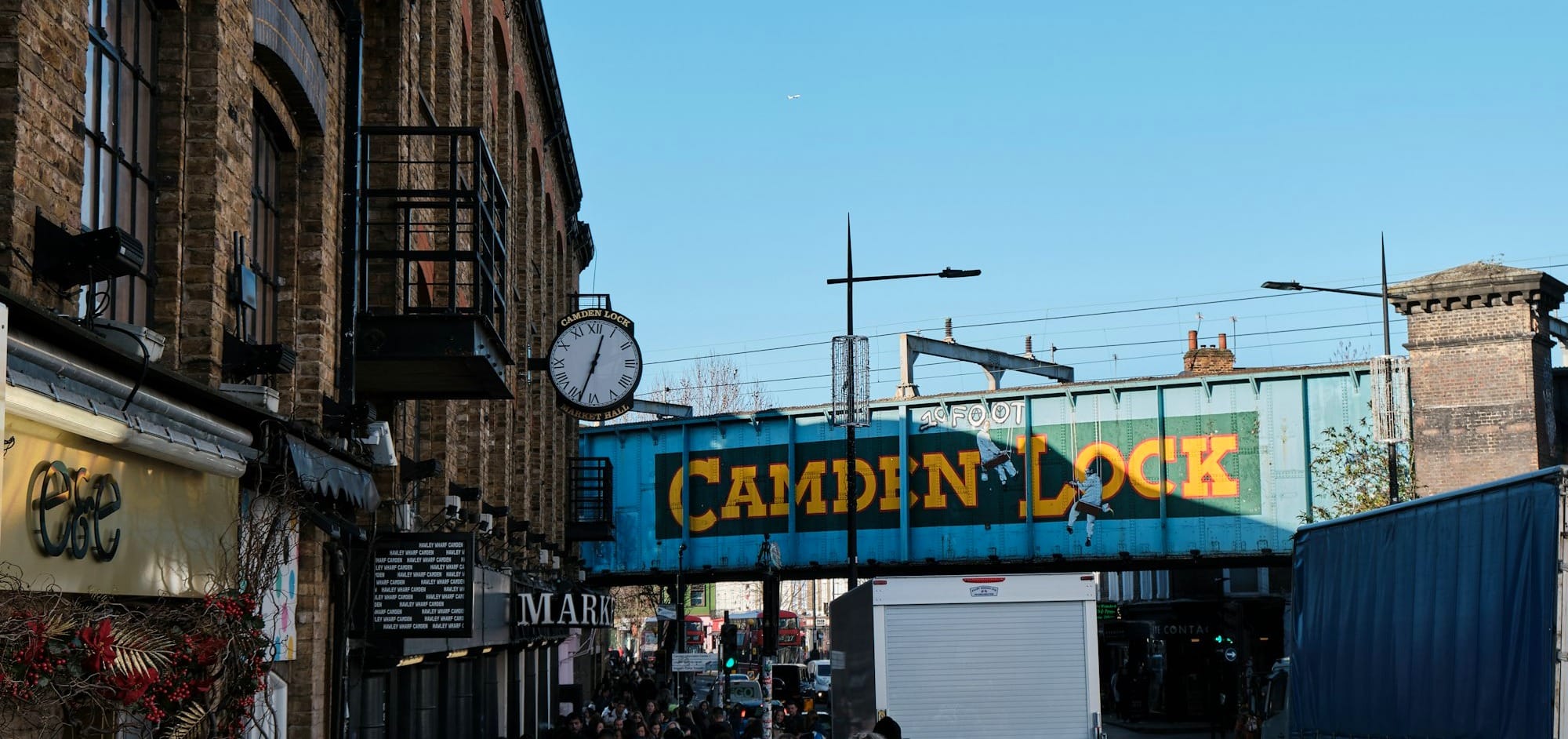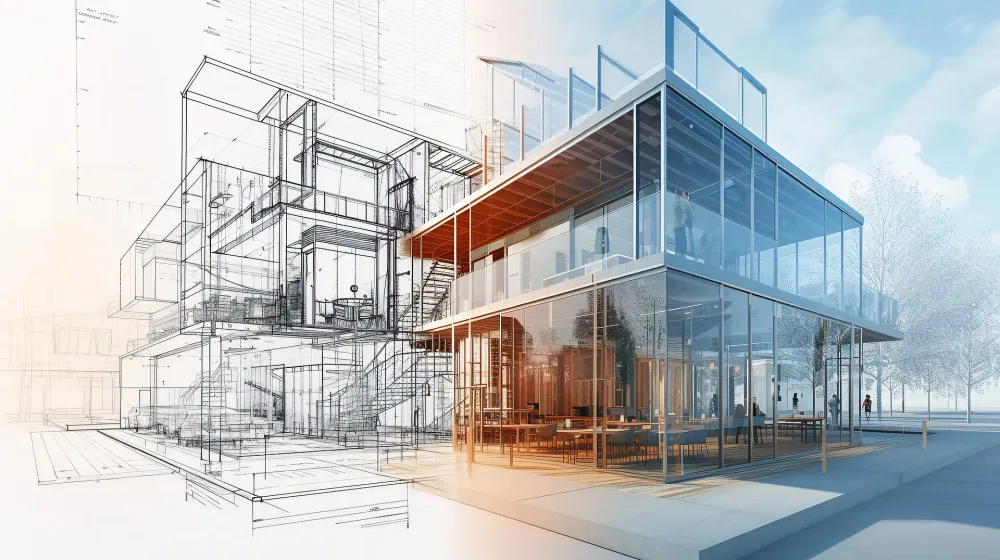In 2025, a prolonged planning process is seen by many as an inevitable. It’s factored into the budget. But what if one council quietly rewrote the rules?
That’s exactly what Camden has started to do. And they’re doing it with AI.
The Problem Everyone Pretends Isn’t a Crisis
Let’s not sugarcoat it: the UK’s planning system is chronically under-resourced. More than half of major applications in England are not decided on time. Slow decision making stalls development for months, with project costs racking up before a single spade hits the ground.
There’s too much admin, staffing shortages and no sign of a rescue party.
Unless… the rescue party isn’t human at all.
The Camden Model: Planning Meets AI
In the vibrant Borough of Camden, the Council decided it was done waiting. Done with the backlog. Done with burnout. So they did something radical by UK local authority standards - they partnered with Microsoft and Open Systems Lab to embed AI into their planning workflow.
This wasn’t a glossy innovation experiment. This was targeted. Specific. Useful.

What Camden’s AI Planning Tools Actually Do
This isn’t future tech. This is Camden using AI to automate the planning equivalent of speed-reading 40 PDFs before your 9am meeting.
Here’s how:
1. Early Warning Risk Engine
Camden has launched an AI tool that analyses incoming planning applications and flags likely risks or planning conflicts before a human even sees them. Think of it as an algorithmic planning officer - trained to spot trouble.
It picks up signals based on:
- Site location
- Proposed land use & scheme
- Local and national policy alignment
- Past outcomes for similar schemes
- Spatial constraints and design code compliance
How it works:
The model isn’t just scanning words - it’s learning. It processes applications and cross-references them against policy, guidance, spatial layers, and precedent decisions. It understands the implications of height in a conservation area or an office-to-resi conversion on a protected frontage. It’s not just sorting by type - it’s judging by context.
Example in action: A mixed-use development is proposed adjacent to a listed building.
The AI flags what is complaint and what is not:
"Building Massing Reflects Historic Scale"
→ “Proposed buildings are 3 storeys with pitched roofs, matching the ridge height and proportions of the Grade II listed school.”✅
"Materials Pallet Drawn from Local Context"
→ “Use of red multi-stock brick complements the fabric of the adjacent listed building.”✅
"No Justification for Reduction in Employment Floorspace"
→ “Application lacks employment needs assessment or viability argument to explain downscaling of the commercial component.” ❌
"Non-compliance with Local Plan Policy H2 (Housing Mix)"
→ "AI detects a predominance of 1-bed flats where policy requires a mix including 3-bed family homes." ❌
The planner still makes the decision - but now they walk in prepared, not blind.

2. AI Validation Assistant
Before a planner even opens an application, AI checks:
"Are all required documents there?"
"Do addresses line up across forms?"
"Are any key assessments or key info missing?"
It’s a virtual planning admin that never misses a box-tick.
Why it matters:
Incomplete submissions slow down everything. This tool lets planners get straight to the substance.
3. Smart Document Classifier
AI reads the submission pack and categorises every document based on its content, not just its title. It knows the difference between a transport statement and a D&A - even if the file’s been named “final version 3a draft NEW.docx”.
Why it matters:
No more hunting for the right doc. No more mystery PDFs. Just a clean, labelled, accessible set of materials. It saves time and reduces frustration for both officers and applicants.
What Stage Is the Pilot At?
This isn’t theoretical. Camden’s tools are live - part of the DLUHC’s Digital Planning Programme, which is funding and supporting AI-based reform in a small number of forward-looking councils.
Early results suggest hours saved per application on validation, classification, and review prep. The goal is to scale these tools across more of the system in the months ahead.
Why Camden’s Doing This - and Why It’s Working
Camden isn’t just chasing efficiency for the sake of it. They’re aligning tech innovation with broader goals - public service transformation, increased infrastructure output , economic development. This is just the beginning. These tools are a first step - a live proof of concept for a smarter planning system.
“Camden will be at the forefront of the AI revolution – and our residents will be driving this forward and benefitting from its unprecedented and transformative opportunities.” - Cllr Adam Harrison, Cabinet Member for a Sustainable Camden
Why This Should Matter to You
If you work in:
- Development – faster validation = less idle capital, quicker starts on site
- Planning consultancy – more approvals, better early intel
- Architecture/design – smarter applications = fewer frustrating revisions
This is the start of exponential change. And as with any shift this big, the ones who adapt first tend to win.
Camden’s not just streamlining admin - they’re resetting the baseline for what a planning department can do.
Want to Go Deeper?
If you liked this, check out our companion piece:
🔗 How AI Can Streamline the UK Planning System – A broader look at the tools and opportunities ahead
Or subscribe below for weekly insights on real-world AI in property, with no hype and no fluff - just the good stuff.





